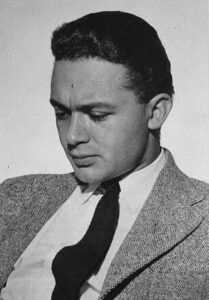Thought Leadership Lessons from the Greatest Logo Designer of All Time
|
Benjamin Carlson
I'm a communications exec and a former editor at The Atlantic and foreign correspondent. Subscribe for lessons from my 15 years in media and PR
Content Lab: How to Be Positioned Right in 2025 This Jaguar ad is an accidental masterclass in what's changing in the culture and where it's going, right beneath our feet. What might have seemed provocative a year ago now feels utterly tone deaf. What was intended to appear bold, futuristic, and enlightened instead seems flat, cowardly, and anti-human. Consider for a moment. It has no human voices. No smiles. No emotions. No sense of place or time. No melodies. No cities. No food. No roads....
The Carlson Letter Castor and Pollution, Max Ernst, 1923 Do you like your online self? Do you know your online self? Whether you like it or not, one of the first things a new acquaintance will do is Google you. What do they see? If you’re like many of us, they may see a series of results offering to sell your address, phone number, and possible family affiliations. Then they may see a Facebook page (yours, or maybe a namesake’s), your old work headshot, your LinkedIn profile. If you have a...
The Carlson Letter: On Trust In 1996, toward the end of his struggle with a terminal case of blood cancer, astronomer and public educator Carl Sagan sat down with interviewer Charlie Rose to discuss his book, The Demon Haunted World. In one arresting moment, Sagan — a famous and outspoken skeptic of superstition—made a surprising and moving admission. More than a decade after his beloved parents had died, Sagan said, he still occasionally heard their voices calling in his ear. “Carl!” As he...
